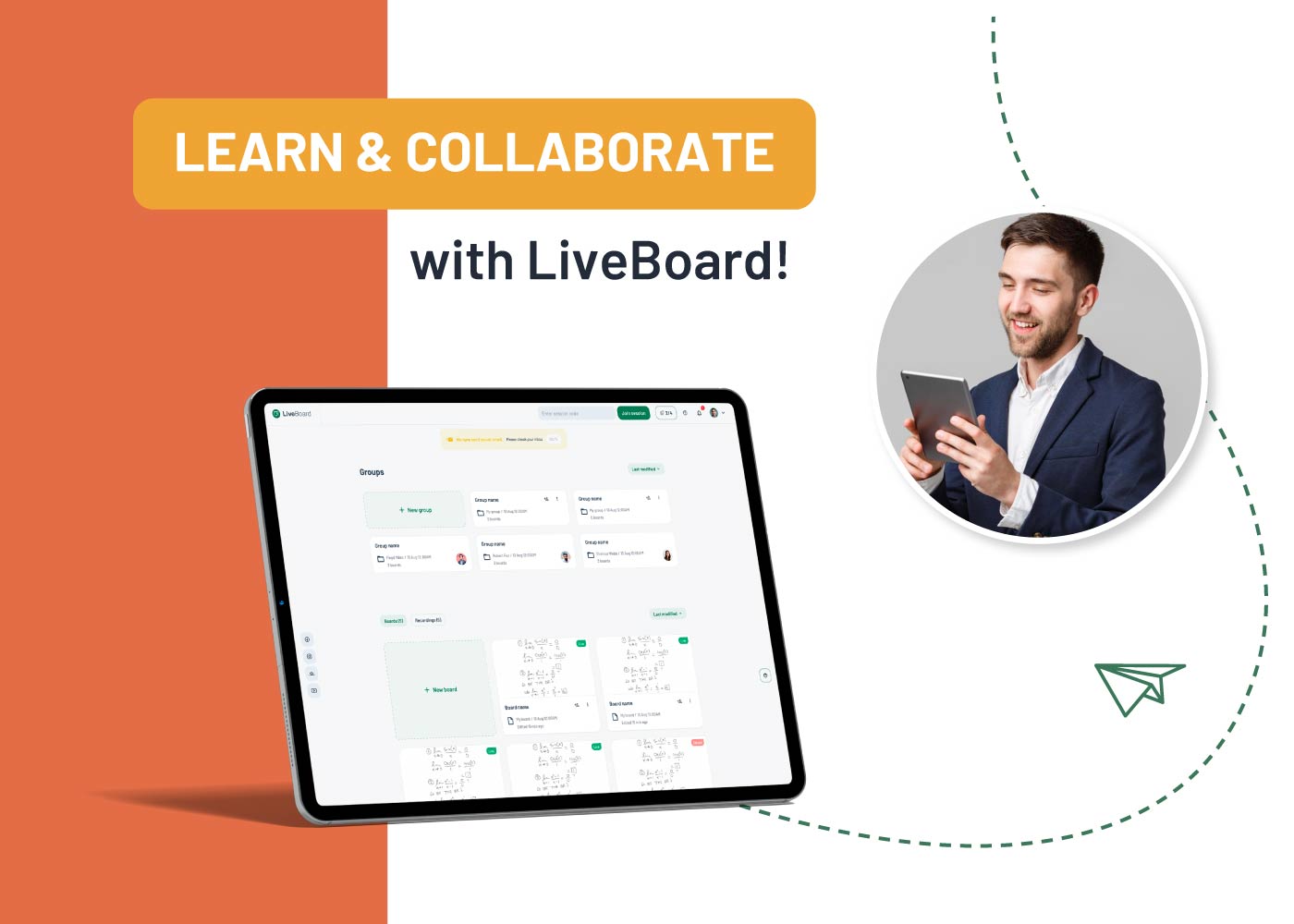Knowledge is built on knowledge. Since the day we’re born, anything new that we learn relies on information we already have. Similarly, anything new we are trying to learn requires prior knowledge. But what does prior knowledge mean in the first place? In the educational context, which will be the focus of this article, it’s the knowledge one already has before learning new information, which in some way or another is related to the subject matter. As a tutor, you cannot teach your students complex material without gradually building towards that. As such, you have to motivate your students to activate their prior knowledge about the subject to grasp new material with much more ease and better results. However, inaccurate prior knowledge or misconceptions may instead hinder the students learning process and further development. Without further ado, let’s discuss what prior knowledge is, what activating prior knowledge means, and how you can help your students build on it correctly.
What Is Prior Knowledge
As mentioned above, prior knowledge is the knowledge learners have before learning new material. It stems from previously gained experiences, skills, beliefs, knowledge, attitude, etc. In short, everything you’ve been exposed to may one day serve as prior knowledge for acquiring new material. Conversely, if the prior knowledge is incorrect, it may lead to obstacles to gaining new knowledge or, worse, misunderstanding or misconceptions in general. The way students process and digest the further information they are exposed to via their prior knowledge impacts how they will remember, accept, apply, or create new knowledge. Prior knowledge is the cornerstone on which educators should carefully and considerately build students’ learning in order to accelerate their education.

What Does It Mean To Activate Prior Knowledge And How To Do It
So you might be wondering: what does activating prior knowledge mean? In this context, it refers to both bringing forth the knowledge they already possess and building pre-requisite knowledge to acquire new information or skills. The latter is quite self-explanatory – tutors must be attentive that students have grasped the material before jumping to the proceeding topic, especially when its complexity requires mastering the initial subject. In the case of the former, however, multiple strategies can be implemented, some of which are the following:
Anticipatory Reading Guides
These refer to pre-reading activities, which are used to help students connect the knowledge and experience they already possess to what they will be learning next. As such, students shall make predictions or have an approximate idea about what the subject matter will be. This is more frequently used in the case of reading material and can majorly enhance the students’ ability to grasp the topic at hand with much ease.
Learning Grids
This strategy entails teachers preparing grids for their students, listing the outcomes of the learning material they will have to work with. Before the learning process begins, students indicate on the list which of the options they are familiar with/have worked with/can do/know. Thereafter, they discuss the other options they have not mentioned with peers or the tutor. This helps you as a tutor make the appropriate learning plan for the student(s) and should be done several times during the course, depending on the length, as well as in the end.
Concept Maps
Concept maps refer to connecting fitting words and concepts to the topic. The tutor has to make a list of terms and concepts and hand them to students, who will need then arrange those by topics with linking arrows or lines and by writing the linking words on top of those. This helps students show how well they are familiar with the topic and how well they can connect concepts and sub-concepts to a topic, thus activating prior knowledge. It also helps educators to figure out a learning plan.

How Can You Build On Your Students’ Prior Knowledge
Being able to tap into your students’ prior knowledge may pay off highly effective if you direct your efforts into building on it properly. But how exactly can you do it? Well, there are a few methods and strategies that you can implement:
Diagnostic Assessment
Conduct a brief assessment at the beginning of the course to identify better instruction for your students. The assessment test shall not be too challenging. Only assessing the basics will do. Additionally, it doesn’t have to be graded or formal, and you can also inform your students about the purpose of the test.
Other Assessment Strategies
You can also have your students undergo other assessment methods to assess their prior knowledge. One way is to simply go with in-class discussions on the topic of learning, which will help you understand the students’ grasp of the subject before diving into it. Similarly, you can conduct 1-minute papers, surveys, or quizzes.
Target Inaccuracies And Misconceptions
As a result of your assessments, you may identify misconceptions students might have about specific topics. As their tutor, you need to encourage and motivate your students to confront those misconceptions and reconstruct their thoughts. This may involve implementing the Socratic method or other activities that push students to analyze and restructure their thinking process.
Start Building On It
As a tutor, you must use all of the information gained from assessments and identify inaccuracies and misconceptions in students’ prior knowledge, to provide better instruction and guidance. There are multiple methods you can adhere to in order to help students use their prior knowledge to their advantage. The key is to help them connect the knowledge and skills to the information they will gain.


